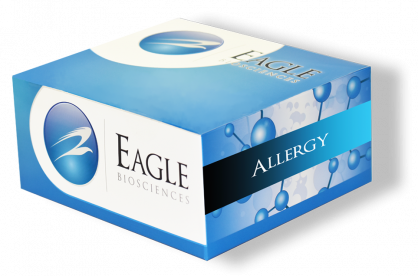HistaSure food ELISA Assay Kit
HistaSure food ELISA Assay Kit is For Research Use Only
Size: 48 determinations
Sensitivity: 0.44 ppm
Standard Range: 3.0 – 300 ppm
Incubation Time: 25 min
Sample Type: fresh fish, frozen fish, canned fish or fish meal
Sample Size: 10 g
Controls Included
Assay Principle
The assay kit provides materials for the determination of derivatized histamine in food extracts. The derivatization is part of the preparation of the samples. By use of the acylation reagent, histamine is quantitatively derivatized into N-acylhistamine. The competitive Histamine ELISA kit uses the microtiter plate format. Histamine is bound to the solid phase of the microtiter plate. Acylated histamine and solid phase bound histamine compete for a fixed number of antiserum binding sites. When the system is in equilibrium, free antigen and free antigen-antiserum-peroxidase complexes are removed by washing. The substrate TMB/peroxidase reaction is monitored at 450 nm. The amount of antibody bound to the solid phase histamine is inversely proportional to the histamine concentration of the sample.


